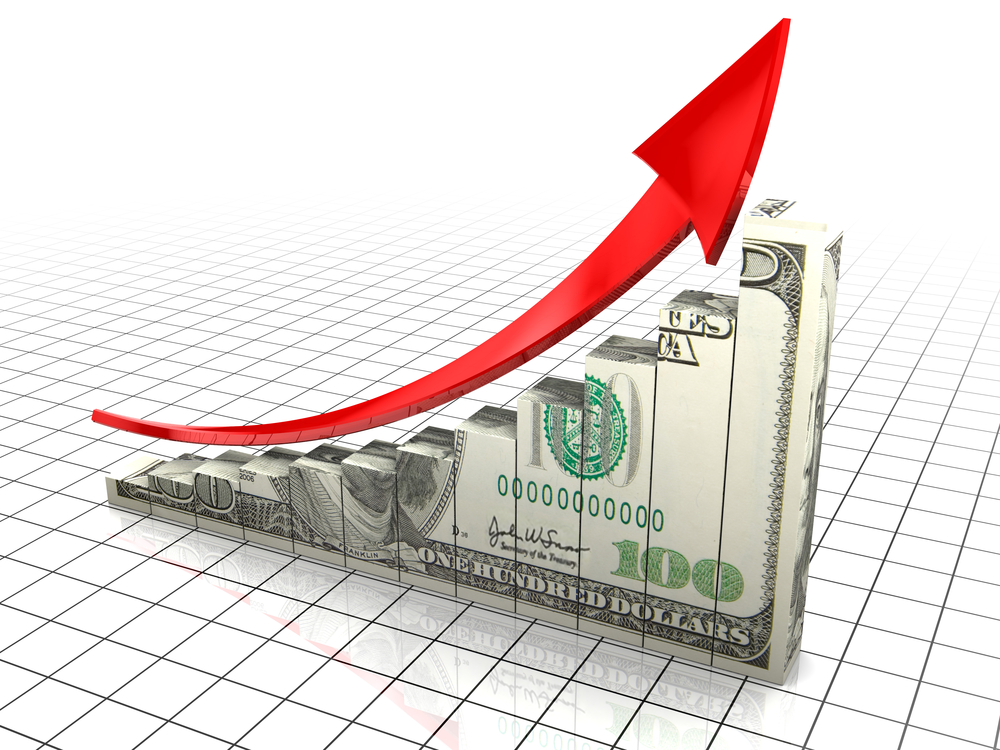Sales Tax
Increase in Retail Sales Beats Forecasts
U.S. retail sales rose in July by more than forecast, suggesting consumers still have the wherewithal to sustain the economic expansion.
Aug. 15, 2023

By Reade Pickert – Bloomberg News.
(Via TNS)
U.S. retail sales rose in July by more than forecast, suggesting consumers still have the wherewithal to sustain the economic expansion.
The value of retail purchases increased 0.7% in July after upward revisions in the prior two months, Commerce Department data showed Tuesday. The upbeat figure reflected increases in a variety of sales categories, including sporting goods stores, clothing outlets and restaurants and bars.
The latest data illustrate how American households — supported by a strong labor market and rising wages — are so far buttressing the economy against recession in the face of high interest rates. Too much strength, however, could force the Federal Reserve to pursue more aggressive policy should inflationary pressures prove sticky.
“This will boost optimism that because of the resilience of the consumer we can achieve that soft landing,” Lindsey Piegza, chief economist at Stifel Financial Corp., said on Bloomberg Television. At the same time, “this simply means the Fed will have to be more aggressive raising rates higher and keeping rates higher for longer,” she said.
Sales, which aren’t adjusted for inflation, increased in nine of 13 retail categories last month. Treasury yields fluctuated and the S&P 500 opened lower. Swaps traders currently see less than a 50% probability of another Fed interest-rate hike this year.
Sales at nonstore retailers, which includes e-commerce, jumped 1.9%, the most this year and boosted by Amazon.com Inc.’s Prime Day event. The company said the first day of the two-day July event was its single-largest sales day ever.
The figures largely reflect spending on goods, rather than services, limiting the takeaways of this particular report. That said, the data suggest consumer demand for several merchandise categories remains firm, especially once adjusted for the decline in goods prices seen last month.
Earlier Tuesday, Home Depot Inc. announced earnings that exceeded the average analyst estimate. Comparable sales, while down, fell by less than forecast. Consumer giants like Target Corp. and Walmart Inc. will report their earnings later this week.
Sales at restaurants and bars — the only service-sector category in the report — increased 1.4%. Inflation-adjusted spending on both goods and services will be released later this month. Receipts at grocery stores rose by the most this year, though the gain in part reflects higher prices.
Receipts at gasoline stations rose 0.4%, in part reflecting higher prices at the pump. Gas prices surged in late July and are now hovering at historically high levels, limiting how much money households have to spend on discretionary purchases.
So-called control group sales — which are used to calculate gross domestic product and exclude food services, auto dealers, building materials stores and gasoline stations — increased 1%, the most since the start of the year. That suggests a strong start to third-quarter consumption.
Stephen Stanley, chief U.S. economist at Santander U.S. Capital Markets, said his growth estimate before Tuesday’s figures may be too low. “Real GDP growth could accelerate to a 3% increase,” he said, which would top what was a robust 2.4% advance in the prior quarter.
Looking ahead, the consumer picture is fuzzy. On one hand, rising delinquencies, high debt service costs, the erosion of pandemic-era savings and the resumption of student loan payments are looming threats for the main engine of the economy. Conversely, many Americans are finally seeing their wages rise faster than inflation, strengthening household purchasing power.
_____
(With assistance from Chris Middleton, Liz Capo McCormick and Augusta Saraiva.)
___
©2023 Bloomberg L.P. Visit bloomberg.com. Distributed by Tribune Content Agency, LLC.
